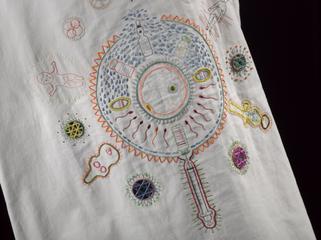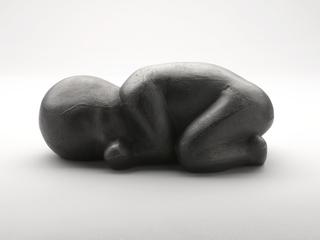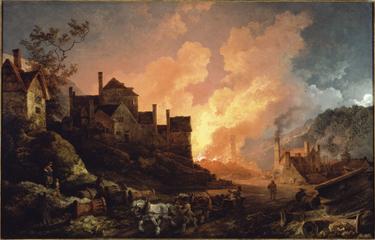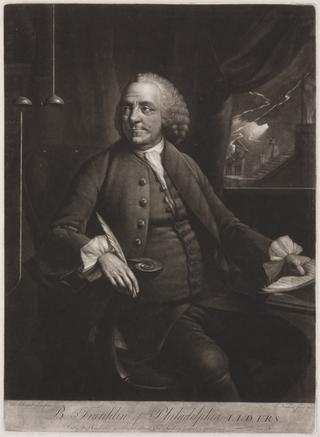
Tribute to Sir Oliver Lodge by the International Telecommunication Union
- Made:
- 1958 in United Kingdom
Printed tribute card with portrait commemorating Sir Oliver Lodge, created by the International Telecommunication Union, 1958. In English. The card has four pages with the title on the front, tribute inside front page, portrait of Lodge inside back - half length, turned to the left, in a pale jacket with shirt and tie.
One of a set of tribute leaflets with portraits commemorating figures who contributed to the development of telecommunications, produced by the International Telecommunication Union between 1955 and 1964. The ITU was formed in 1865 as the International Telegraph Union, a body to work internationally to prevent bottlenecks and disruptions across national borders by having twenty European states sign a treaty to agree common standards in telegraph signals and codes and to harmonize telegraph services. The group later expanded the scope of their agreements to incorporate new developments in communications such as radio, television and digital developments. Since 1947 the ITU has been a part of the UN as an international specialized agency for information and communication technologies to produce regulatory strategies and policies and an understanding of future technical, social and economic trends.
The leaflet text reads:
Tribute to Sir Oliver Lodge by the International Telecommunications Union
Published in the series of portraits of distinguished figures in the telecommunication world
YEAR 1958
SIR OLIVER LODGE
Oliver Joseph Lodge, the celebrated English scientist, was born in 1851, and died in 1940, in his ninetieth year.
Without the initial advantages, he won admission to University College London, and from there succeeded to the chair of physics at University College, Liverpool. In 1900 he was appointed first principal of the new University at Birmingham, continuing in this appointment until his retirement from academic life in 1919.
He was an early exponent of the novelty of radio transmission. His experiments at Liverpool with the “coherer” and the phenomenon of tuning which he fully described as “syntony” in Brit. Pat. 18644 of 1897 gave great impetus to the advance of radio communication and secured his place among the pioneers of telecommunication. He also undertook fundamental researches into the concept of the ether, and by his writings did much to familiarize the lay public with the range of scientific thought.
Lodge was elected a Fellow of the Royal Society in 1887 and received the honour of knighthood in 1902. He was a President of the Physical Society and of the British Association. He joined the Institution of Electrical Engineers in 1889, becoming successively Vice-President, Honorary Member and, in 1932, Faraday Medallist.
Details
- Category:
- Art
- Object Number:
- 2019-142
- Materials:
- paper (fibre product)
- Measurements:
-
overall (open): 228 mm x 314 mm x 1 mm,
overall (closed): 228 mm x 160 mm x 2 mm,
- type:




